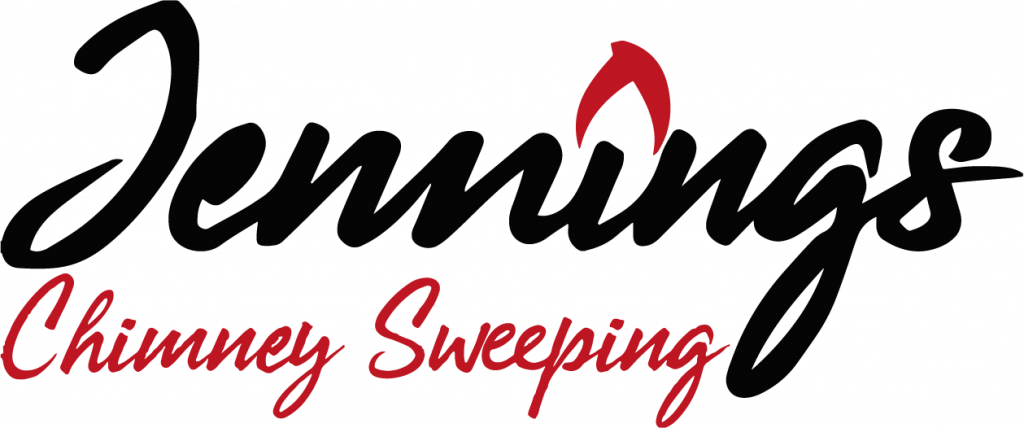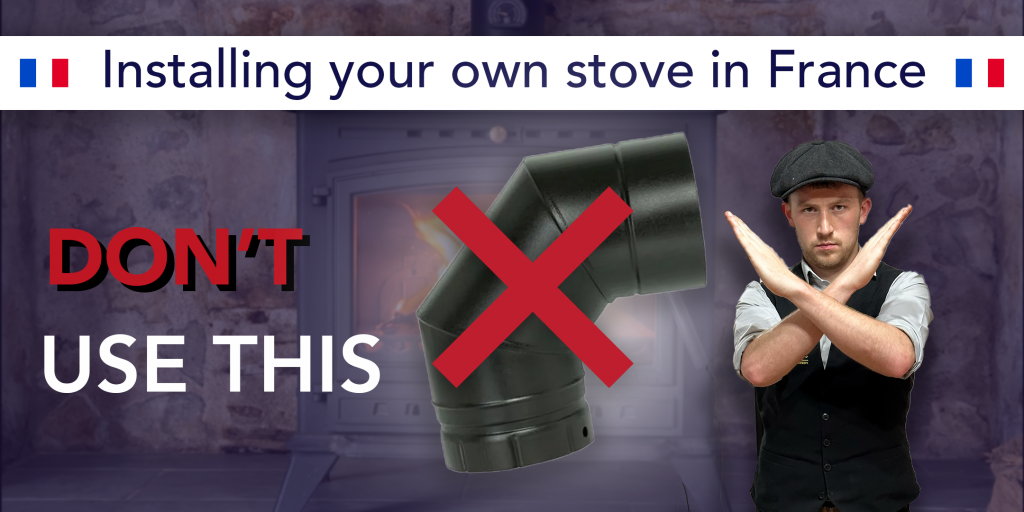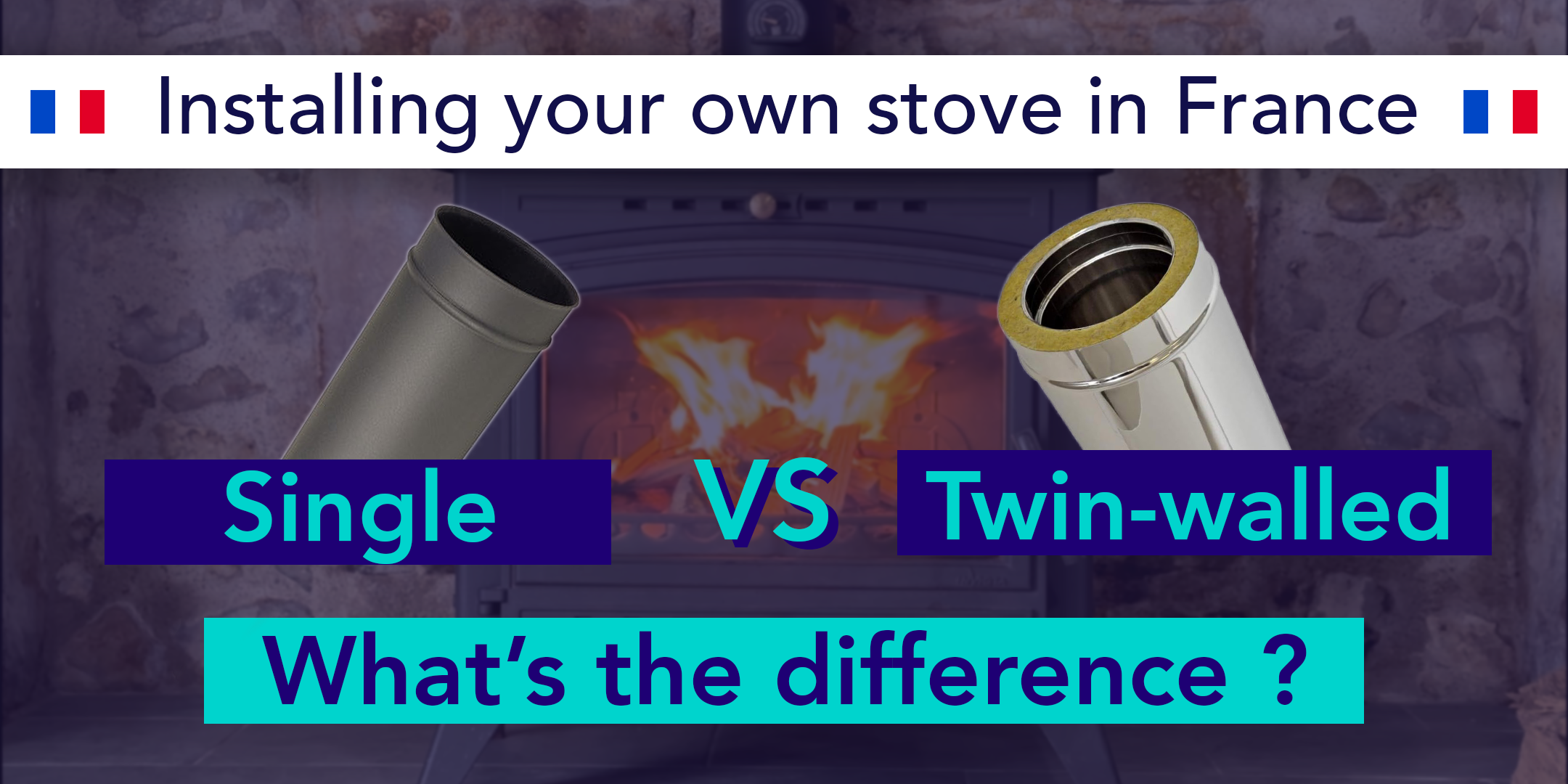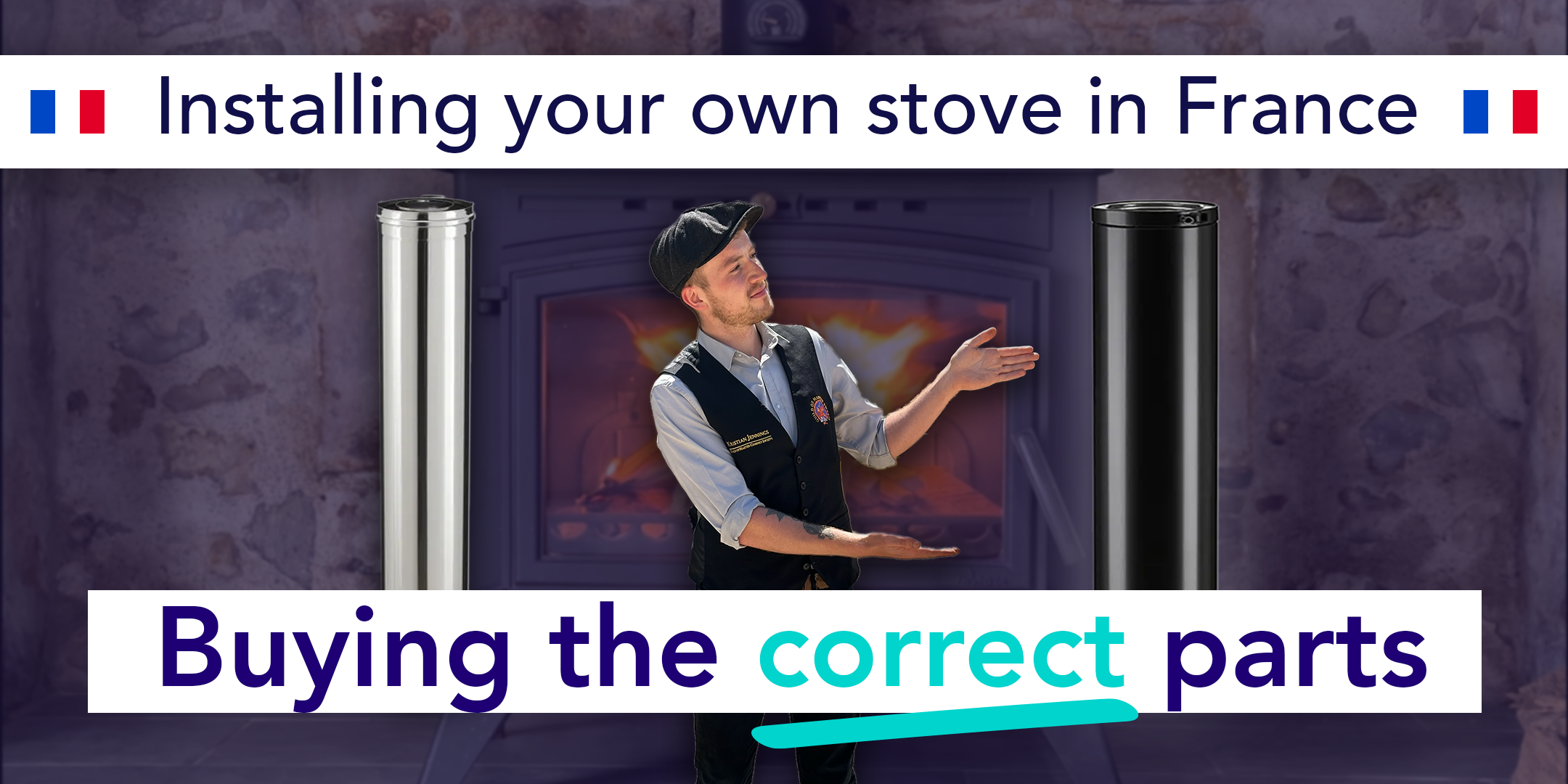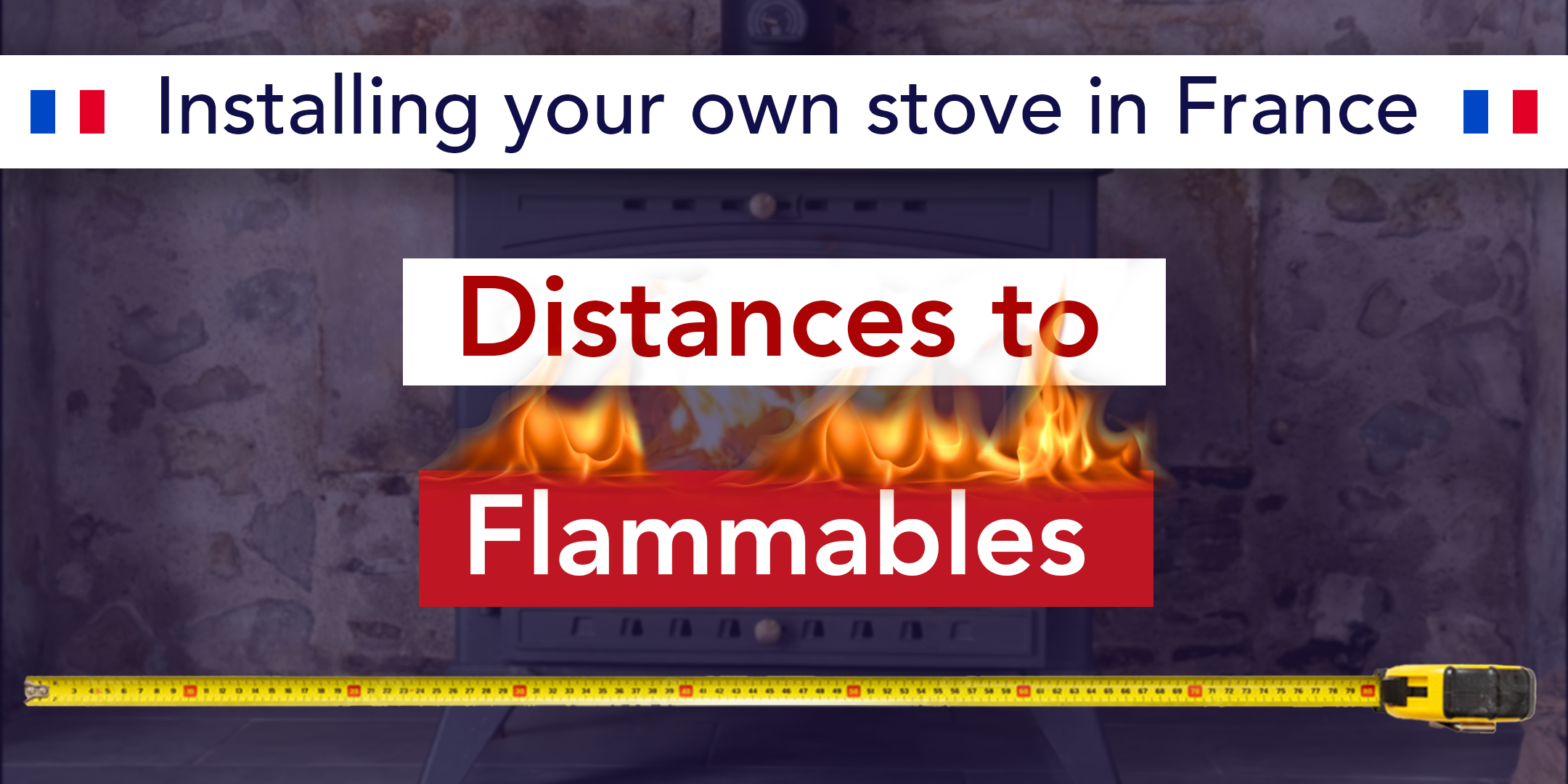The primary objective of any chimney system is to efficiently remove exhaust combustion gases from the appliance, guide them up the flue, and expel them outside the house. The gases emitted by your stove are heated and less dense than the surrounding cool air, causing them to rise. They utilise their heat energy to travel through the flue, but their momentum decreases when they encounter a bend. As we discussed in an earlier blog in this series, the negative pressure within the chimney draws air into the flue and expels it outside. However, until the flue reaches a sufficient temperature and the flue gas attains an established heat level, this negative pressure is not at its strongest.
Understanding this, it becomes clear why exhaust gases struggle to move horizontally through a flue system when their main direction is upward. For the sake of efficiency, it is essential to minimise the number of bends in the system to facilitate the smooth flow of gases up the chimney and prevent them from stalling and condensing into flammable creosote and tar.
Of course, it is not always feasible to have a perfectly straight chimney. Whenever possible, the ideal solution is to install a straight chimney connected to a top-exiting flue collar on the stove. However, depending on the stove you are installing, you may need to connect your system to a rear-exiting flue collar on your stove. In such cases, it is crucial to use a T-piece instead of a 90° bend off the back of the stove. You can find more information about why this is necessary here.
When installing a system through a wall, it is important to avoid using 90° bends. Instead, opt for a 45° angle when passing through the wall. This not only helps the gases travel smoothly up and out of the chimney system but also eliminates potential areas where deposits can accumulate and block the flue. The steepest angle within the flue system should not exceed 45 degrees, and any possible alternatives to reduce angles in the system should be considered.
